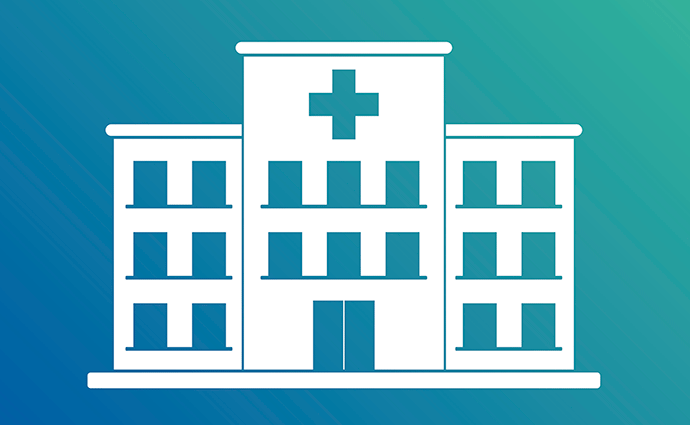ER Spending Rose 99% Since 2009 Despite No Change in Utilization
Increased prices and use of higher severity CPT codes resulted in ER spending drastically increasing between 2009 and 2016, HCCI reported.

Source: Thinkstock
- Emergency room (ER) spending per person grew 99 percent between 2009 and 2016 despite ER utilization remaining the same during the period, new data from the Health Care Cost Institute (HCCI) revealed.
“Emergency room visits are not planned. It’s not something people shop around for and it’s probably the least shoppable of all healthcare services,” explained HCCI Senior Researcher John Hargraves. “So, when use is flat and spending is up, the explanation is price for the most part. And in emergency rooms, it’s actually a combination of prices for all types of ER visits increasing and the number of ER visits that are considered high severity increasing.”
Using employer-sponsored insurance claims for five Current Procedural Terminology (CPT) codes used to record the severity and complexity level of ER visits, the non-profit industry group found that increased use of higher severity codes drove the substantial increase in ER spending.
Emergency departments code using CPT codes 99281 to 99285, with 99281 reflecting the lowest severity of cases, like an earache, and 99285 representing cases with serious conditions, such as a broken bone or trauma.
From 2009 to 2016, use of the codes indicating the highest severity increased, while claims with low severity codes decreased.
READ MORE: Hospital Utilization Management Can Reduce Denials, Improve Care
“The case mix of ER visits has changed over the time period,” he continued. “Hospitals are coding more visits as high severity and fewer as minor injury, low severity cases. Nationally, that’s a 38 percent increase in high severity ER use and a decrease of 35 percent in low severity ER use.”
While ER providers coded for more severe visits, the prices of ER visits also increased, resulting in significantly higher overall ER spending. Prices for all ER visits grew 98 percent from 2009 to 2016.
The second highest severity level for ER visits saw the greatest price increase of any severity level, with a 94 percent growth. Coupled with the above average utilization rate over the seven-year period, ER spending on CPT code 99284 increased 124 percent, HCCI reported.
But prices for all five CPT codes studied increased, Hargraves emphasized. The average price of the highest severity code for ER visits rose by 77 percent during the period.
Lower severity cases also experienced substantial price hikes from 2009 to 2016. The median code’s average price grew 84 percent, while the lower severity code prices (99282 and 99281) jumped 67 percent and 47 percent, respectively.
READ MORE: 3 Strategies to Innovatively Advance Emergency Care Delivery
The greater use of higher severity codes in conjunction with significant price increases drove the boost in overall ER spending, HCCI explained. Per person spending for the two most severe codes increased over 100 percent during the studied period.
Specifically, ER spending on CPT code 99285 grew 145 percent and spending on CPT code 99284 increased 124 percent from 2009 to 2016.
In comparison, ER spending on the median code only rose 60 percent, while spending on CPT codes 99282 and 99281 decreased 2 percent and 5 percent, respectively.
HCCI observed these trends in every state in the nation. Notably, 21 states in total experienced ER spending increases of over 100 percent, and 25 states saw ER prices rise 100 percent or more.
While ER spending and prices increased nationally, HCCI pointed out that use of emergency services remained unchanged in 18 states and decreased in 22 states. Only 11 states reported an increase in ER use.
READ MORE: Maximizing Revenue Through Clinical Documentation Improvement
The most recent data serves as an update to HCCI’s growing ER spending information base. Last year, the industry group partnered with Vox on a report that found emergency department spending per person increased 85 percent between 2009 and 2015. Increased use of higher severity codes also drove that boost in spending.
With the pattern persisting, it is hard to make the case that the type of cases seen in the ER has changed dramatically since 2009, Hargraves said.
“The rate of people visiting the ER has not declined. If we saw overall fewer people going to the ER, you could assume there was some urgent care or retail clinic effect going on here, which would siphon off some of the low severity cases. But it does not seem to be happening that way,” he explained.
“Instead, it appears that lower and mid-level severity is being replaced with high severity. It could indicate some upcoding but we did not look at data from the provider-level to examine coding practices of individual hospitals. However, nationwide, it’s strange to see more and more high severity visits.”
Transparency in the ER could help to curtail ER spending growth, he suggested.
“This is a place where transparency and understanding the complexity of an ER visit is key,” he said. “In this setting, patients do end up receiving surprise bills and being surprised that a claim is denied because of perhaps a non-participating ER. The facility fee that we are looking at in the data is also strange from a patient’s perspective because it does not include the treatment that they received in the ER. Those are billed separately.”
As more consumers enroll in high-deductible health plans, these ER facility fees, which are trending to higher costs and higher severity, are likely to create additional confusion and costs for patients.
“It is confusing to receive a bill just because you happened to be treated in one place rather than another,” he remarked. “If you were getting your stitches in an office setting, you wouldn’t be paying a facility fee at all. But if you happened to have gone into an ER, you’re definitely paying a facility fee and it might be high severity. With the increase in high-deductible plans, it becomes a large burden on patients.”
